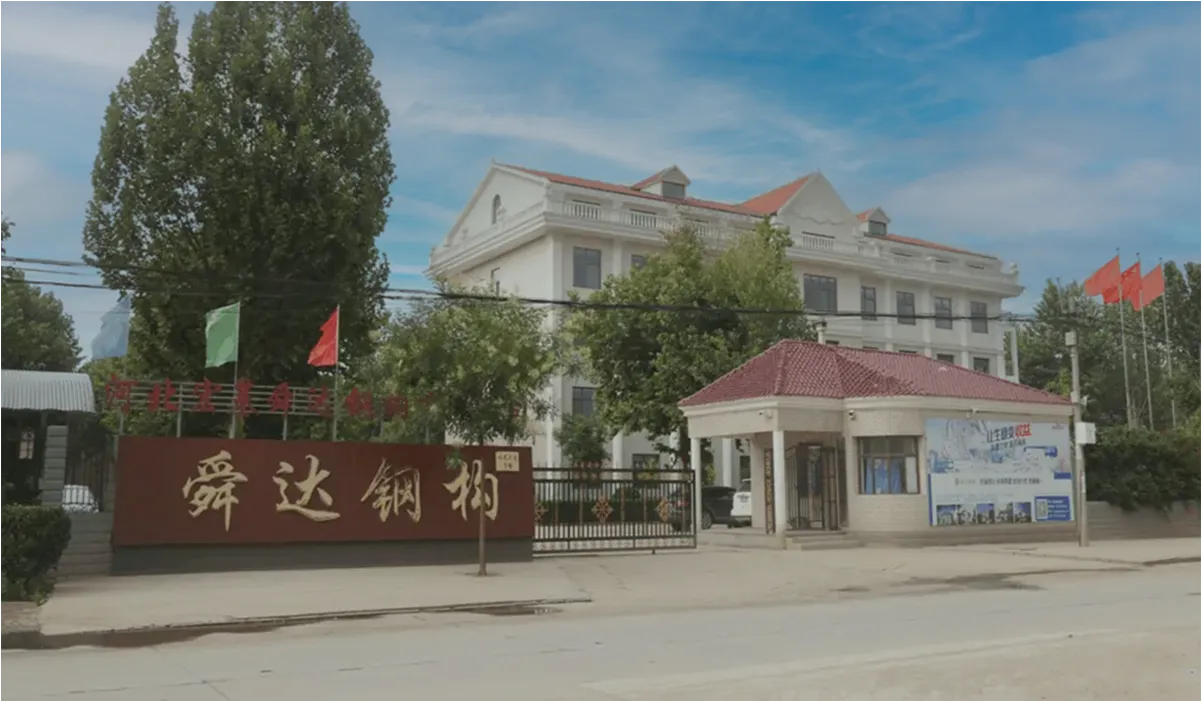- Afrikaans
- Albanian
- Amharic
- Arabic
- Armenian
- Azerbaijani
- Basque
- Belarusian
- Bengali
- Bosnian
- Bulgarian
- Catalan
- Cebuano
- Corsican
- Croatian
- Czech
- Danish
- Dutch
- English
- Esperanto
- Estonian
- Finnish
- French
- Frisian
- Galician
- Georgian
- German
- Greek
- Gujarati
- Haitian Creole
- hausa
- hawaiian
- Hebrew
- Hindi
- Miao
- Hungarian
- Icelandic
- igbo
- Indonesian
- irish
- Italian
- Japanese
- Javanese
- Kannada
- kazakh
- Khmer
- Rwandese
- Korean
- Kurdish
- Kyrgyz
- Lao
- Latin
- Latvian
- Lithuanian
- Luxembourgish
- Macedonian
- Malgashi
- Malay
- Malayalam
- Maltese
- Maori
- Marathi
- Mongolian
- Myanmar
- Nepali
- Norwegian
- Norwegian
- Occitan
- Pashto
- Persian
- Polish
- Portuguese
- Punjabi
- Romanian
- Russian
- Samoan
- Scottish Gaelic
- Serbian
- Sesotho
- Shona
- Sindhi
- Sinhala
- Slovak
- Slovenian
- Somali
- Spanish
- Sundanese
- Swahili
- Swedish
- Tagalog
- Tajik
- Tamil
- Tatar
- Telugu
- Thai
- Turkish
- Turkmen
- Ukrainian
- Urdu
- Uighur
- Uzbek
- Vietnamese
- Welsh
- Bantu
- Yiddish
- Yoruba
- Zulu
Dec . 14, 2024 15:35 Back to list
The Essence of Steel Structure Workshop Factory Innovation and Efficiency
In the modern industrial landscape, the construction of steel structure workshop factories has revolutionized how businesses operate, innovate, and expand. This article delves into the significance of steel structures, their benefits, applications, and the future of factory designs in an increasingly competitive market.
Understanding Steel Structures
Steel structures are frameworks made primarily of steel sections. They are integral in creating industrial buildings, warehouses, and workshop factories due to their strength, durability, and flexibility. The use of steel as a primary material allows for the construction of expansive spaces with minimal support columns, which is particularly advantageous for factories that require open floor plans for machinery and workflow efficiency.
Advantages of Steel Structure Workshop Factories
1. Strength and Durability Steel is known for its high tensile strength, making it an ideal material for workshop factories that need to withstand heavy machinery and equipment. Unlike other materials such as wood or concrete, steel does not warp, crack, or shrink, offering long-lasting stability.
2. Cost-Effectiveness Although the initial costs of steel might be higher than some traditional materials, the long-term advantages outweigh these upfront expenses. Steel structure factories can be constructed faster and require less maintenance over time, leading to significant savings.
3. Design Flexibility One of the biggest advantages of steel structures is architectural flexibility. Engineers and architects can design large spans, curved shapes, and complex layouts without compromising structural integrity. This adaptability allows businesses to customize their factories according to specific needs, enhancing workflow and operational efficiency.
4. Environmental Considerations Steel is 100% recyclable, making it a sustainable building material. Modern steel production techniques have also significantly reduced the environmental impact associated with manufacturing processes. Many companies are opting for steel structures as part of their commitment to sustainability and reducing their carbon footprint.
steel structure workshop factory

5. Speed of Construction Steel structures are prefabricated, meaning that the components are manufactured off-site and then assembled on location. This reduces construction time significantly, allowing businesses to begin operations sooner than traditional building methods would allow.
Applications of Steel Structure Factories
Steel structure workshop factories are widely used across various industries, including manufacturing, automotive, food processing, and logistics. These factories serve multiple purposes, such as production lines, assembly areas, and storage spaces. The versatility of steel construction makes it suitable for a range of operations—from small-scale workshops to large industrial complexes.
In addition to manufacturing, steel structures are increasingly being utilized for eco-friendly warehouses and distribution centers. With the rise of e-commerce, companies require efficient logistic centers that can handle large volumes of goods. Steel buildings provide the necessary space and durability to meet these demands.
The Future of Steel Structure Workshop Factories
The future of steel structure workshop factories looks promising, driven by advancements in technology and sustainability practices. Innovations such as smart factories, where IoT and automation are integrated into the structure's design, are paving the way for enhanced operational efficiency. As more businesses embrace Industry 4.0 practices, the importance of flexible, scalable, and efficient structures will become even more pronounced.
Furthermore, the ongoing focus on reducing environmental impacts will lead to more innovative steel production methods, including the use of renewable energy sources. As regulations tighten around carbon emissions, steel manufacturers are expected to adopt cleaner technologies, ensuring that steel remains a vital component in sustainable building practices.
Conclusion
Steel structure workshop factories represent a convergence of strength, efficiency, and sustainability. Their advantages in terms of design flexibility, cost-effectiveness, and environmental impact make them the preferred choice for many industries. As we move into a future that prioritizes innovation and sustainability, the role of steel structures will only continue to grow, shaping the next generation of industrial buildings and workshop environments.
-
How Do Prefabricated Steel Structures Transform Modern Construction?
NewsJul.14,2025
-
How Do Prefabricated Metal Buildings Redefine Modern Construction?
NewsJul.14,2025
-
How Do Prefab Insulated Metal Buildings and Steel Structures Revolutionize Modern Construction?
NewsJul.14,2025
-
How Do Pre - Engineered Steel Structures Redefine Modern Construction?
NewsJul.14,2025
-
Advancing Modular Construction with Prefabricated Metal Structures
NewsJul.14,2025
-
Advancing Industrial Infrastructure with Prefabricated Steel Solutions
NewsJul.14,2025
Products categories
Our Latest News
We have a professional design team and an excellent production and construction team.












